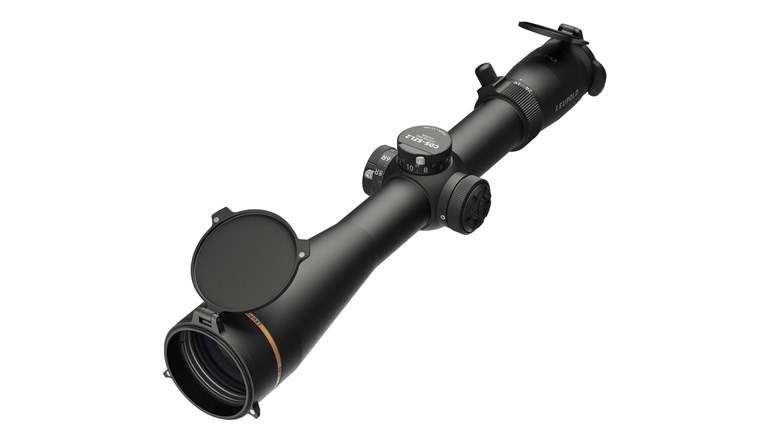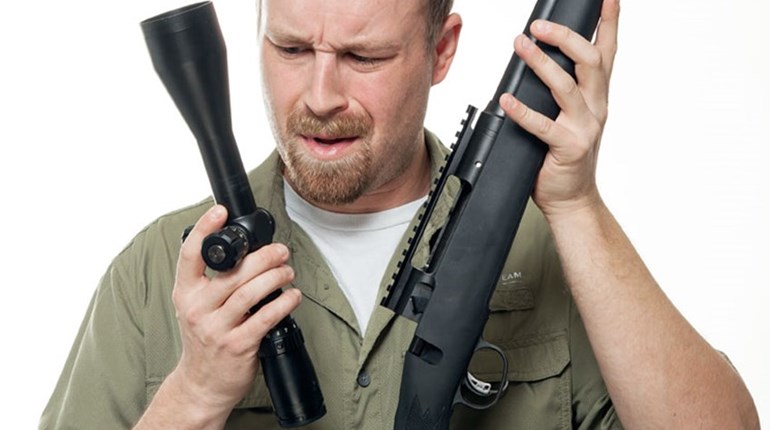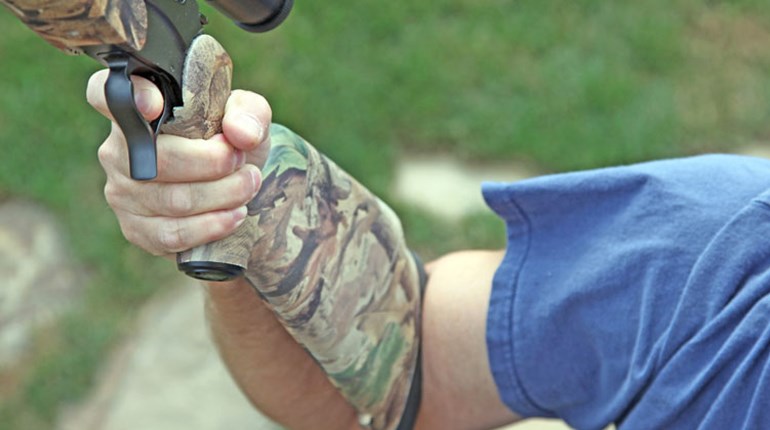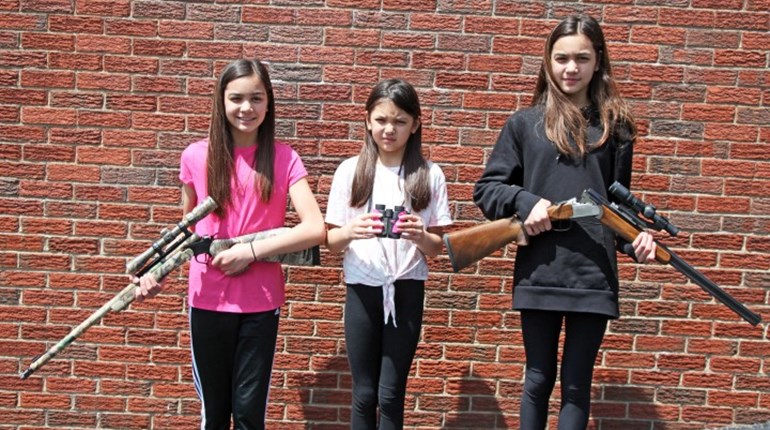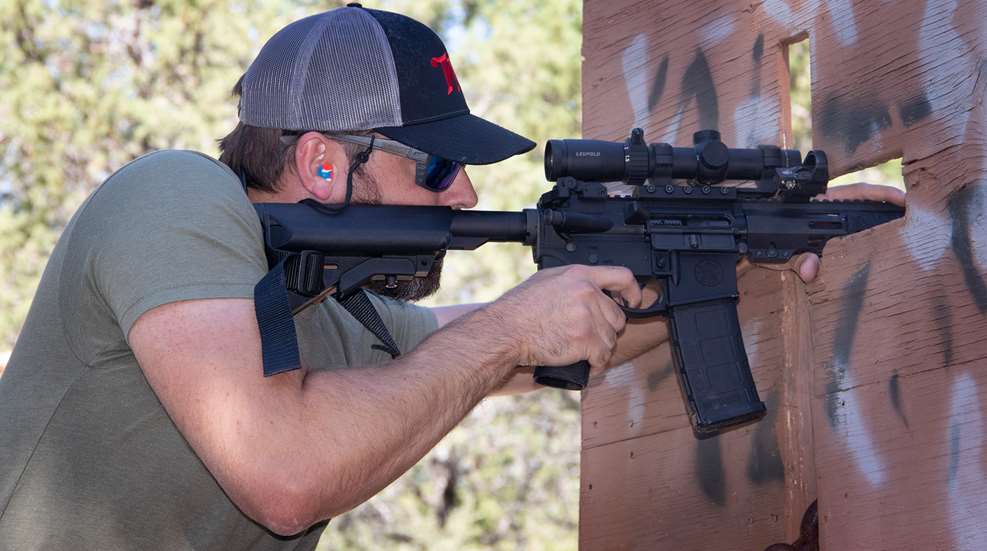
Very early in the year 1776 in Philadelphia, PA, the American portrait painter and patriot, Charles Wilson Peale paid a visit to David Rittenhouse, the American astronomer and head of an observatory. Peale was also known for making telescopes, clocks, and surveying instruments. A gunsmith had assisted Peale in assembling a gun with a telescopic sight that Rittenhouse fashioned on behalf of Peale. Peale kept a daily journal where he chronicled the happenings of his days, and there were several entries pertaining to the development of his special gun project. A couple of weeks later after having taken possession of the gun and having made attempts to zero it, his journal entry read, “Making piece with springs to prevent the Eye being hurt by the kicking of the Gun.” One of the first men in history to fire a gun with a riflescope promptly suffered from scope bite.
Scope bite is a pernicious and sometimes painful (not to mention embarrassing) phenomenon that can happen to shooters using a firearm that has a shoulder stock. Scope bite may come from improperly mounted optics, an improper cheek weld, improper eye relief or a combination of some or all those factors. A firearm’s rearward recoiling motion and the outer hard edge of a scope may cause injury, scarring, and discomfort by violently contacting a shooter’s eye socket or orbital/lower forehead area due to their face and head not being positioned correctly with regards to their optic.
Scope Bite Begins With Your Rifle And Optic
In order to avoid scope bite, a shooter must have some spatial awareness and a type of harmony with their firearm. This is reached by an understanding of the relationship between the rifle and its scope and their body, specifically from the position the rifle is to be shot. A good shooter will understand where their shoulder and their face lie in relation to the rear ocular lens of the optic so that every time the stock is brought to their shoulder and they bring their scope to eye level, the eye will see a clear sight picture with a scope that will never “cut” them, no matter how hard the firearm recoils. Practicing this involves positional dry-firing and repetition so that each aspect of the shooting position and be isolated and fine-tuned, which is why precision-oriented or competition-based rifles come with hyper-adjustable stocks. After practicing positional dry fire with one’s firearm, shooters will get a feel for where everything is supposed to belong and what will feel right.
Outside of specialty long-eye-relief or handgun scopes, most riflescopes require approximately 3 to 4 inches of space between the shooter’s eye and the ocular lens of the scope for proper eye relief and a clean sight picture. An eye that is too far or too close relative to the ocular lens will perceive shadowy dark crescents in the periphery of the sight picture, or even a dark blurry ring around the sight picture. This phenomenon is known as scope shadow. Shooters can easily and positively determine whether their eye relief is correct: their sight picture will always be clear. Eye relief is either correct which means the sight picture is vividly clear, or it is not. It is that simple.
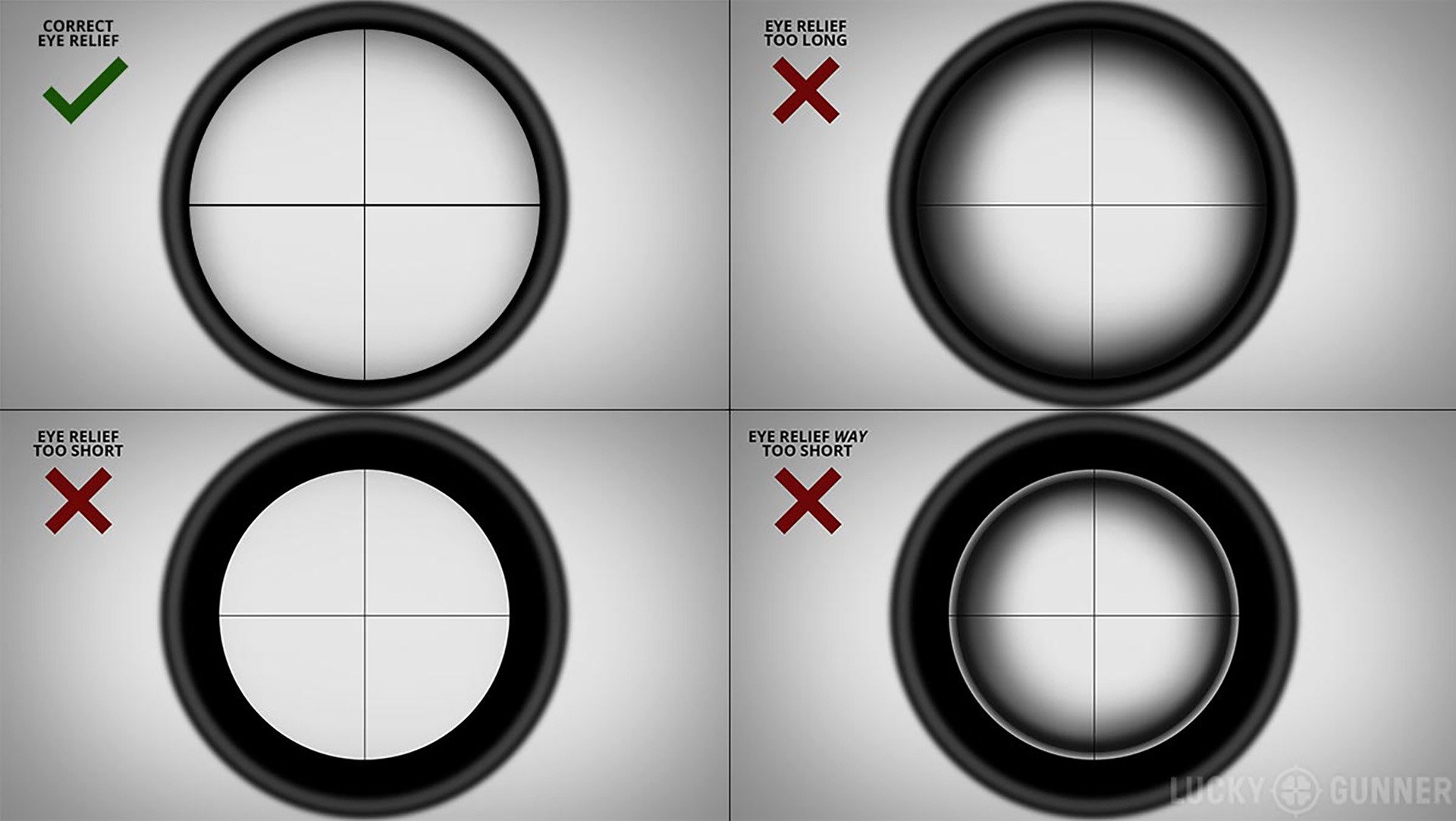
This graphic (courtesy of LuckyGunner.com) illustrates what proper eye relief looks like in addition to visual cues that eye relief is not correct.
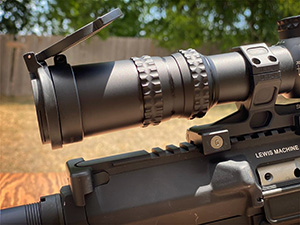
Regardless of a firearm’s design or style, there is only so much real estate available on top of its receiver where installing a mount or rings makes sense. A scope that sits too far back or too close to far to the front can not only interfere with its own operation, such as the need to dial turrets or turn the focus/parallax adjustment and can also interfere with the operation of the firearm itself. Improper mounting can also result in the scope itself clashing with external surfaces or accessories mounted on the firearm, such as an objective bell running into a rear sight assembly. And finally, if an optic is not mounted on that particular “sweet spot” that avoids interfering in the ways described above, the shooter runs a chance of not getting their proper eye relief, regardless of how hard they try correcting it. On the other hand, an improperly mounted scope could have acceptable eye relief but have a risk of the shooter still getting scope bite. This is why how a shooter mounts a firearm’s stock to their shoulder and lines up the scope with their eye is so crucial.
Knowing How To Setup A Stock is Essential
The United States Army marksmanship manual for rifles and carbines (TC 3-22.9) states that there are two truths in marksmanship: in order to properly engage a target, a rifle must have the correct sight alignment and sight picture, and that the rifle must be fired without disturbing its aim. A shooter that properly mounts their stock to their face and shoulder (essentially having a solid cheek weld) will thus be able to attain a clear sight picture. Good cheek weld comes from two things, A) a firearm’s stock fitting the shooter properly so that B), the shooter can put their face on the correct spot on the stock for a proper sight picture.
An ill-fitting stock will detract from good marksmanship in several ways:
- An ill fitting stock can set up a shooter for failure by making sight alignment with the scope or sights difficult.
- It could also unintentionally set up the shooter to get “bit” by their scope.
- It can amplify the perception of recoil into the shoulder pocket and/or the shooter’s face along the comb of the stock—this makes shooting more painful than it needs to be which can also develop an anticipatory flinch and lead to a loss in accuracy.
The same way that a shooter ought be able to visually identify what proper eye relief looks like. A shooter must understand the concept of length of pull (LOP) and how it applies to them personally. Length of pull is the distance (typically measured in inches) from the trigger to the rearmost vertical edge of a stock. The concept behind LOP is actually one of the most universally significant details in good shooting, regardless of shooting discipline. One cannot and will not shoot well if their stock is too long and does not fit them properly. Being savvy about this concept is crucial in avoiding scope bite. Stock fitment is the lynchpin to all other details that result in a good consistent mount.
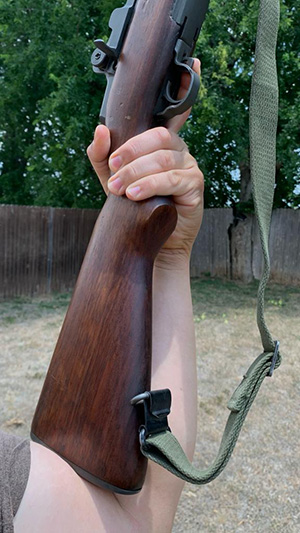
A proper mount and cheek weld is one that will allow the shooter’s face to have a clear sight picture while also maintaining a safe distance from the rear end of a recoiling scope. This will not happen without a properly fitting stock and correct LOP. Different shooting positions or shooting at more extreme angles can require LOP adjustment tweaks, even when the same shooter is behind the trigger. These tweaks can be as simple as subtly shifting the mount of the gun or taking advantage of an adjustable stock if one is equipped on the firearm. Shooting at extreme angles (such as shooting uphill) can also leave a shooter susceptible to scope bite, especially if they did not set up a very secure and solid mount. Again, the value of positional dry firing comes into play in order to correctly and safely iron out those details.
The pain and embarrassment of encountering scope bite is easy to avoid. One just needs to have spatial awareness and an understanding their body naturally works with their firearm, they need to know what good eye relief looks like, they need to tinker and find the sweet spot for the physical placement of their riflescope and they need to make sure their firearms stock fits them so that they can then put their face on the correct location to have a clear sight picture. All of these factors work in tandem and taking them into account will not only mitigate scope bite but will help in solid consistency in marksmanship.












